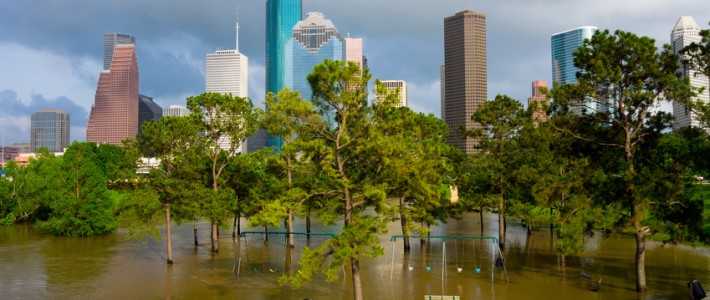Last night, the trajectory of Hurricane Matthew shifted to the west, according to the advisory of the National Hurricane Center. This means that according to the current models Hurricane Matthew is expected to skirt along the east coast of Florida and the Carolinas beginning this Thursday, potentially making a landfall in the outer banks of North Carolina this weekend.
This is a large and powerful hurricane about the size of Arizona. Even if Hurricane Matthew does not make direct landfall along the east coast of Florida or the Carolinas, the storm is wide enough that areas along the east coast of these states are expected to feel hurricane force winds as well as experience substantial amounts of rain and storm surge. Due to the size of Hurricane Matthew, areas in central Florida and on the west coast of Florida may also feel tropical storm or hurricane force winds and experience substantial rainfall. If the storm track shifts further to the west, and the storm makes landfall as a Category 3 hurricane, the effects would be much worse for the area in which it makes landfall.
Therefore, everyone along the east coast of Florida and the Carolinas should begin making appropriate preparations, while those in central and western Florida should be prepared for strong wind and rain. We will provide another update late afternoon today.
As always, we encourage you to stay alert and make all necessary preparations in an attempt to minimize the impact of possible flooding on your homes and businesses:
• Monitor your surroundings and NOAA weather alerts;
• Review your disaster response and recovery plan with your staff and/or family members;
• Make sure you have plenty of drinking water and food reserves;
• Ensure that important document files are backed up away from your property so they aren’t lost if electronics and paper files are destroyed by water;
• Take all necessary steps to prevent the release of dangerous chemicals that may be stored on the property;
• Contact your property insurance agent.
It only takes one storm to make it a bad year for your business. We have substantial expertise assessing, insuring, and mitigating flood risk. Stay alert and contact us to learn how we may be able to improve how you insure your client’s flood risk.



